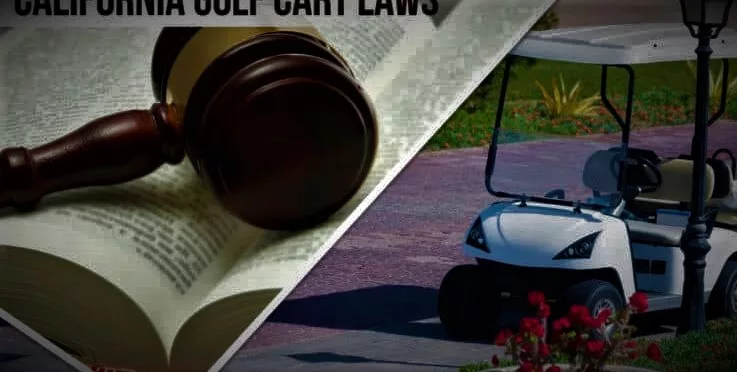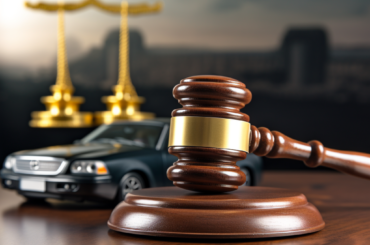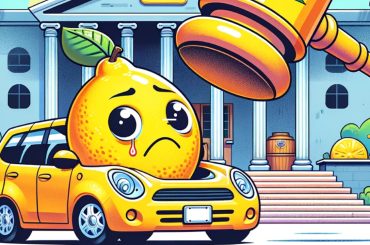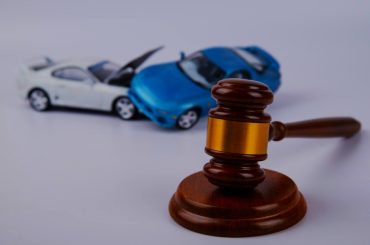Introduction:
Navigating the roadways in the Golden State? If you’re a driver or a potential buyer of low-speed vehicles (LSVs) like golf carts, neighborhood electric vehicles (NEVs), or others, understanding California Laws for Low-Speed Vehicles. This guide offers an in-depth look into these regulations to keep you informed and compliant while traversing California streets.
Explore our comprehensive guide on ‘California laws for low-speed vehicles’. Learn about registration, operation guidelines, safety standards, and penalties for non-compliance. Stay informed and navigate California roads with confidence.
Understanding Low-Speed Vehicles
Low-speed vehicles, often abbreviated as LSVs, are a unique category of transportation gaining popularity in California and beyond. They are electric vehicles, typically designed for low-traffic areas, and come in various forms, including golf carts, neighborhood electric vehicles (NEVs), and utility vehicles. These vehicles are particularly attractive for their environmental friendliness, affordability, and convenience in navigating small distances within communities, campuses, and local neighborhoods.
However, what sets low-speed vehicles apart from standard automobiles are the specific speed and weight restrictions defined by the National Highway Traffic Safety Administration (NHTSA). According to NHTSA regulations, an LSV is a vehicle that has a top speed of 20 to 25 miles per hour, weighs less than 3,000 pounds, and adheres to certain safety standards.
In the state of California, low-speed vehicles are embraced as an eco-friendly, effective solution for short-distance travel. They are especially common in gated communities, on college campuses, and in cities with designated low-speed vehicle lanes.
As the usage of low-speed vehicles increases, it’s crucial for owners and potential buyers to fully understand California’s specific laws and regulations surrounding LSVs, ensuring not only compliance but also safety for all road users.
Laws for Low-Speed Vehicles in California
It’s important to note that, while low-speed vehicles can provide numerous benefits, they are subject to specific laws and regulations in the state of California. These laws are intended to maximize safety, minimize environmental impact, and ensure the smooth operation of all types of vehicles on the road.
Registration and Licensing
Low-speed vehicles must be registered with the Department of Motor Vehicles (DMV) in California. As with any other motor vehicle, an appropriate license plate will be issued upon registration, which must be displayed at all times. Additionally, all drivers of low-speed vehicles must hold a valid driver’s license.
Vehicle Equipment Requirements
The California Vehicle Code mandates that LSVs must be equipped with certain safety equipment, including headlamps, turn signal lamps, tail lamps, stop lamps, reflectors, a parking brake, a windshield, seat belts, and a vehicle identification number.
Operating Conditions
California laws for low-speed vehicles stipulate that these vehicles can only be driven on roads where the speed limit is 35 mph or less. However, they may cross roads with speed limits above 35 mph at designated intersections. LSVs are also not permitted on bike paths, unless that path is adjacent to a roadway or the local authority permits it.
Insurance Requirements
As with other motor vehicles, it is required by California law to have insurance coverage for low-speed vehicles. This includes both liability insurance for bodily injury and property damage.
Safety Standards for Low-Speed Vehicles
While the laws of California govern the operation of low-speed vehicles on public roads, safety standards defined by the National Highway Traffic Safety Administration (NHTSA) apply to the vehicle’s construction and performance.
These safety standards include requirements for braking, lighting, tires, rearview mirrors, windshields, and other necessary equipment. Additionally, every low-speed vehicle must have a vehicle identification number (VIN).
The NHTSA requires LSVs to have efficient braking systems capable of stopping the vehicle within specified distances. Furthermore, to improve visibility and safety during both day and night, LSVs are required to be equipped with headlights, tail lights, stop lamps, reflectors, and turn signals.
In terms of passenger protection, seat belts are a must for all seating positions. Also, while some LSVs, like golf carts, come without doors, the ones equipped with doors must have approved latching systems.
Beyond the NHTSA’s basic safety standards, California drivers of LSVs should always adhere to the state’s driving laws. This includes following speed limits, observing traffic signs and signals, and wearing seat belts at all times.
The Legality of Driving Low-Speed Vehicles on Public Roads
In California, low-speed vehicles are legal to operate on certain public roads. However, there are specific guidelines that govern where and when they can be driven.
Primarily, LSVs are allowed on roads where the posted speed limit is 35 mph or less. They’re not allowed on roads with speed limits above 35 mph, but they can cross these roads at designated intersections or crosswalks. If you’re driving an LSV in a residential area, the community might have additional rules or guidelines to follow.
Apart from public roads, low-speed vehicles are allowed on private property with the owner’s consent. They are also frequently seen on college campuses, golf courses, and other privately owned areas where vehicles with higher speeds are not typically needed.
An important thing to remember is that LSVs are not allowed on sidewalks or bike paths, except where permitted by local law or if the path is adjacent to a roadway.
Penalties for Non-Compliance
Failure to comply with California’s laws for low-speed vehicles can lead to significant consequences. These could range from fines and penalties to the suspension or revocation of your driver’s license, depending on the severity of the offense.
If you’re found driving an LSV on a road with a speed limit over 35 mph or on a bike path where it’s not permitted, you could face a traffic citation. In addition, if your LSV doesn’t meet the necessary safety standards or if you’re found driving without a valid driver’s license or required insurance, you could face hefty fines, penalties, or even legal action.
For these reasons, it’s essential for all LSV drivers in California to be well versed with and strictly adhere to all applicable laws and regulations. It’s not just about avoiding penalties—it’s about ensuring your safety and the safety of those around you.
Conclusion
Summarize the main points discussed and highlight the importance of adhering to California’s laws for low-speed vehicles. You might also provide resources for readers to learn more about these laws or how they can purchase and register LSVs in California. Remember to end with a strong call-to-action encouraging further interaction with your website or content.
FAQs
What is considered a low-speed vehicle (LSV) in California?
In California, a low-speed vehicle is typically an electric vehicle that has a maximum speed of 20-25 mph and adheres to certain safety standards.
Do I need to register my low-speed vehicle in California?
Yes, all low-speed vehicles must be registered with the California Department of Motor Vehicles (DMV).
What safety equipment is required for low-speed vehicles in California?
The California Vehicle Code requires LSVs to be equipped with safety equipment such as headlamps, tail lamps, stop lamps, turn signal lamps, reflectors, mirrors, windshield, seat belts, and a parking brake.




